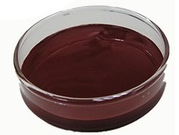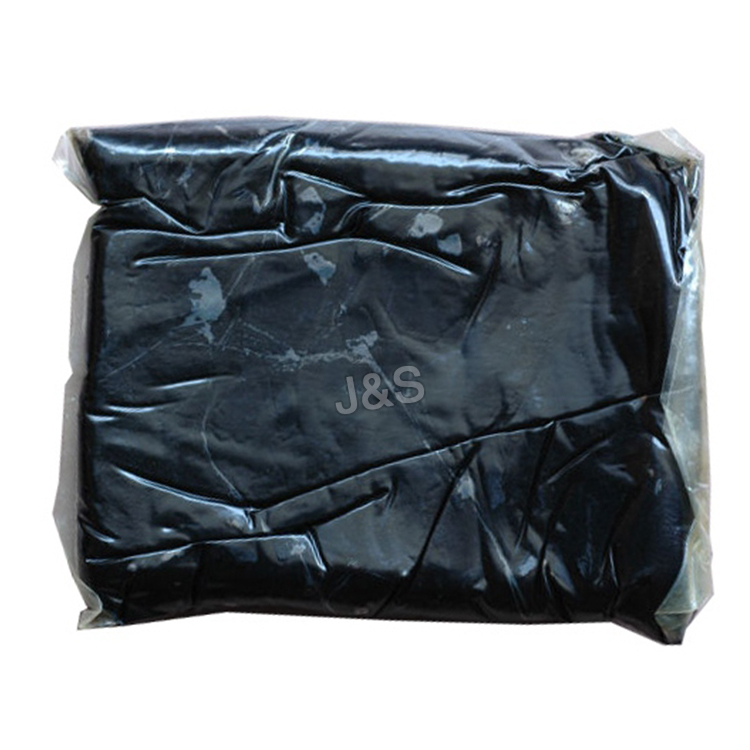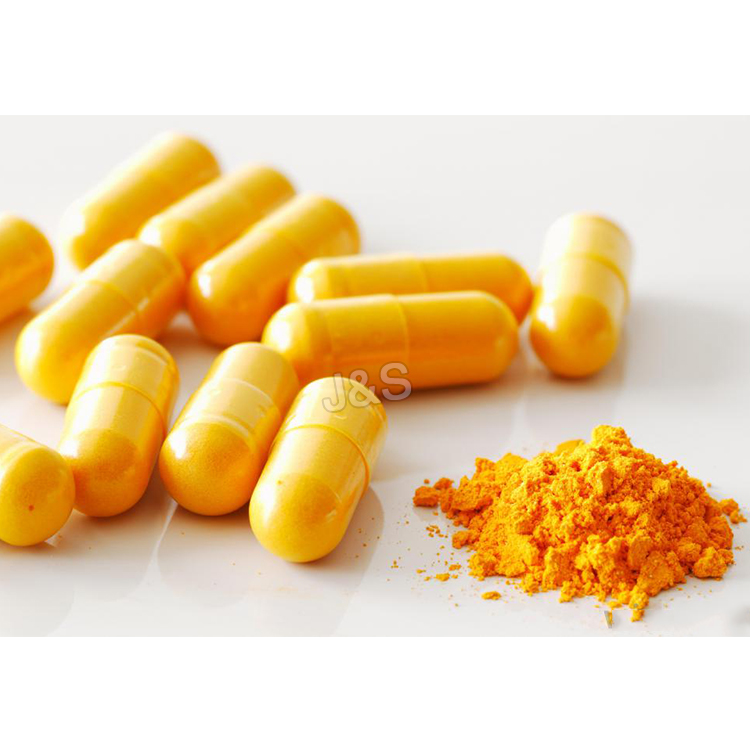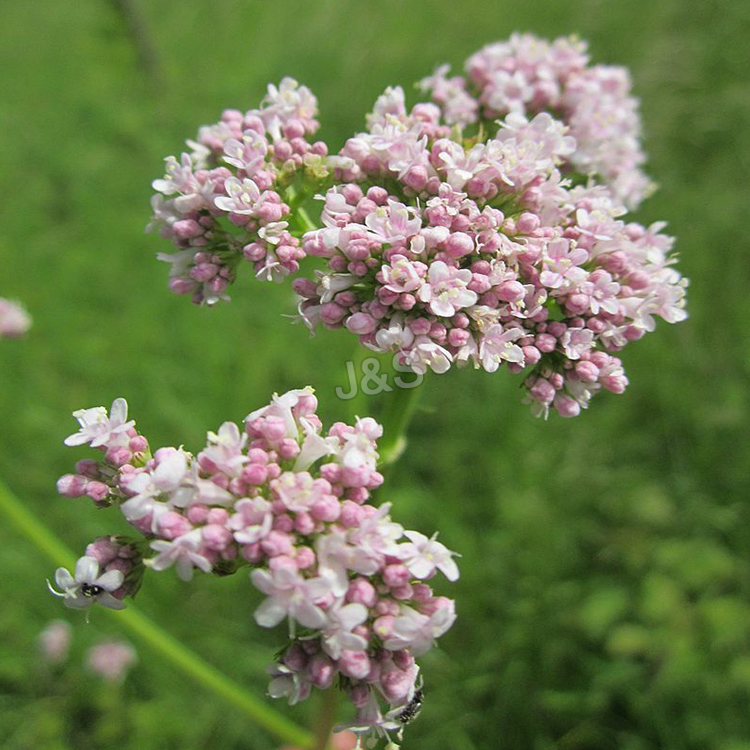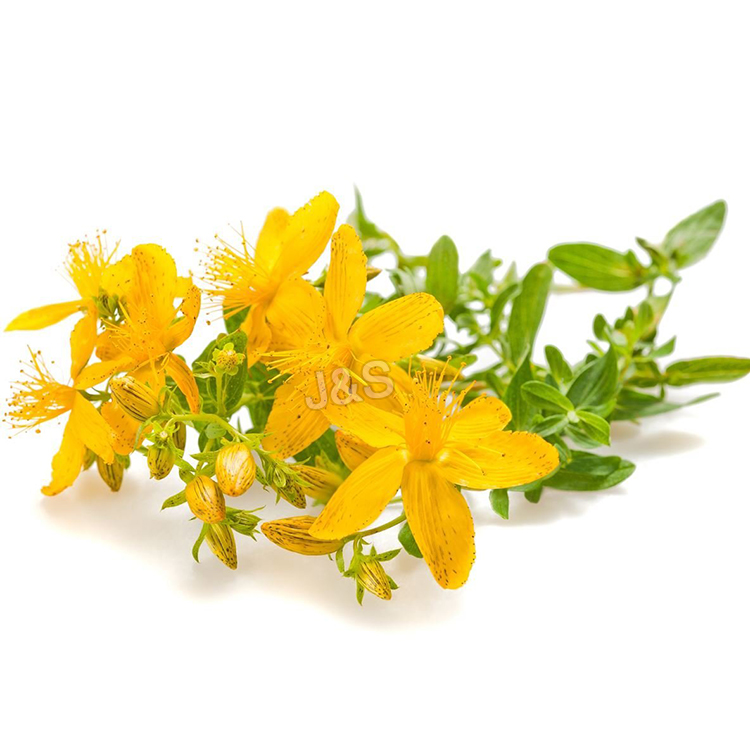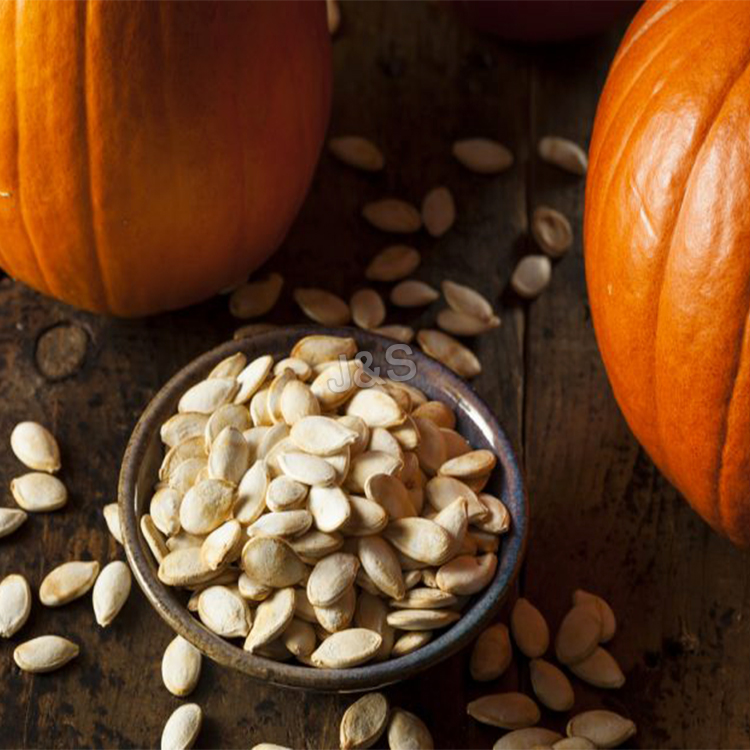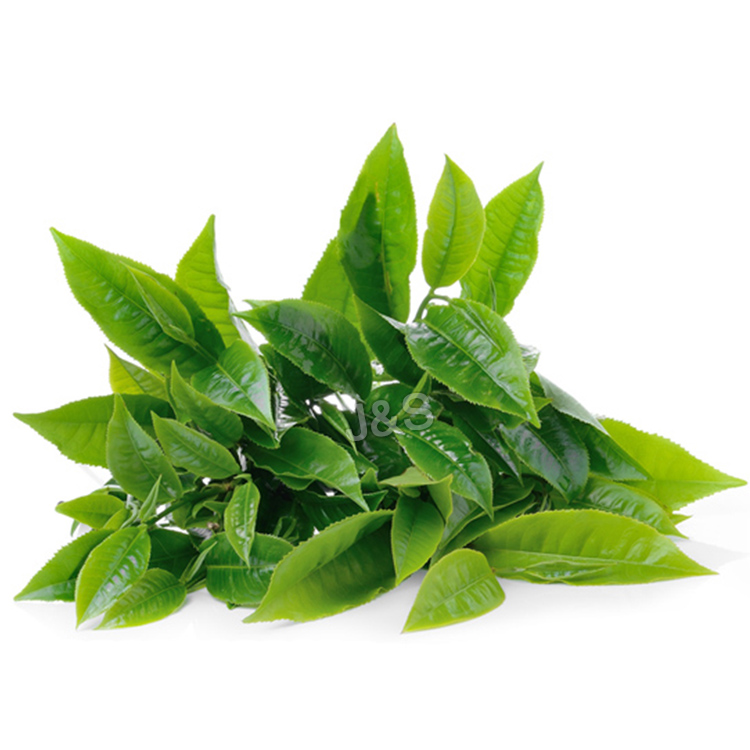Hot-selling attractive price Astaxanthin Factory for Turkmenistan
Hot-selling attractive price Astaxanthin Factory for Turkmenistan Detail:
[Latin Name] Haematococcus Pluvialis
[Plant Source] from China
[Specifications]1% 2% 3% 5%
[Appearance] Dark red Powder
[Particle size] 80 Mesh
[Loss on drying] ≤5.0%
[Heavy Metal] ≤10PPM
[Storage] Store in cool & dry area, keep away from the direct light and heat.
[Shelf life] 24 Months
[Package] Packed in paper-drums and two plastic-bags inside.
[Net weight] 25kgs/drum
Brief Introduction
Astaxanthin is a natural nutritional component, it can be found as a food supplement. The supplement is intended for human, animal, and aquaculture consumption.
Astaxanthin is a carotenoid. It belongs to a larger class of phytochemicals known as terpenes, which are built from five carbon precursors; isopentenyl diphosphate and dimethylallyl diphosphate . Astaxanthin is classified as a xanthophyll (originally derived from a word meaning “yellow leaves” since yellow plant leaf pigments were the first recognized of the xanthophyll family of carotenoids), but currently employed to describe carotenoid compounds that have oxygen-containing moities, hydroxyl or ketone , such as zeaxanthin and canthaxanthin. Indeed, astaxanthin is a metabolite of zeaxanthin and/or canthaxanthin, containing both hydroxyl and ketone functional groups. Like many carotenoids, astaxanthin is a colorful, lipid-soluble pigment. This colour is due to the extended chain of conjugated (alternating double and single) double bonds at the centre of the compound. This chain of conjugated double bonds is also responsible for the antioxidant function of astaxanthin (as well as other carotenoids) as it results in a region of decentralized electrons that can be donated to reduce a reactive oxidizing molecule.
Function:
1.Astaxanthin is a powerful antioxidant and may protect against oxidative damage to body tissues.
2.Astaxanthin can improve the immune response by increasing the number of antibody producing cells.
3.Astaxanthin is a potential candidate to treat neurodegenerative disease such as Alzhimer and Parkinson diease.
4.Astaxanthin dan reduce UVA-light damage to skin such as sunburn, inflammation, ageing and skin cancer.
Application
1.When applied in pharmaceutical field, astaxanthin powder has the good function of antineoplastic;
2.When applied in health food field, astaxanthin powder is used as food additives for pigment and health care;
3.When applied in cosmetic field, astaxanthin powder has the good function of antioxidant and anti-aging;
4.When applied in animal feeds field, astaxanthin powder is used as animal feed additive to impart coloration, including farm-raised salmon and egg yolks.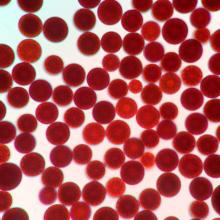
Product detail pictures:
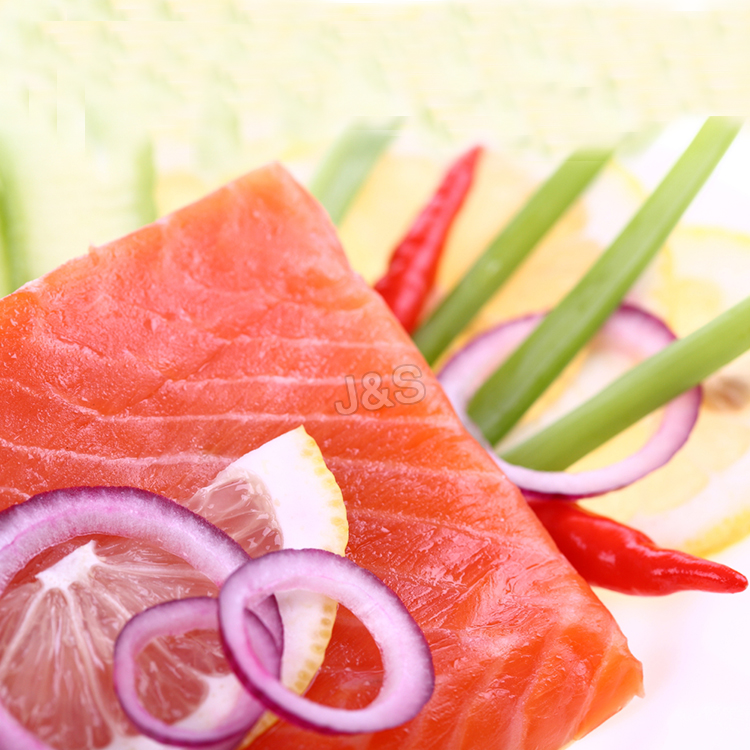
Related Product Guide:
Using a full scientific good quality administration system, very good quality and superior faith, we win good standing and occupied this discipline for Hot-selling attractive price Astaxanthin Factory for Turkmenistan , The product will supply to all over the world, such as: Botswana, USA, Sao Paulo, We have now a good reputation for stable quality goods, well received by customers at home and abroad. Our company would be guided by the idea of "Standing in Domestic Markets, Walking into International Markets". We sincerely hope that we could do business with car manufacturers, auto part buyers and the majority of colleagues both at home and abroad. We expect sincere cooperation and common development!
Do you tend to feel sluggish and tired during the afternoon? Watch best-selling author and wellness expert Adam Hart make his classic pumpkin seed pate perfect for keeping you energized and nourished throughout the day!
https://poweroffood.com/
INGREDIENTS (MAKES 8 WRAPS)
1- ¼ cups pumpkin seeds
Juice from 1 fresh lemon
¼ cup flax or hemp seed oil
4 tablespoons fresh parsley, chopped
½ teaspoon ginger, grated
8 green chard leaves, to wrap pâté in-
2 garlic cloves, minced
¼ cup onion, diced
1 teaspoon cayenne powder
1 teaspoon natural honey
½ teaspoon fresh ground black pepper
½ teaspoon Himalayan crystal salt
HOW TO PREPARE
Soak your pumpkin seeds in fresh water overnight. Place the soaked seeds (rinsed and strained) in a food processor with the rest of the ingredients. Once puréed, place a small scoop into a piece of fresh chard and wrap. Now that’s a healthy and delicious meal to impress.
RECIPE TIP
Try adding a scoop of my Hungry Hungry Hummus into a piece of chard for another fantastic wrap alternative.
Producer: Adam Hart
Camera/ Editor: Ian Dunsmore
https://shawtv.com
https://shaw.ca
Twitter: @ShawTVSeatoSky
Facebook: Shaw TV Sea to Sky
“Lysozyme is a small enzyme that binds to polysaccharide chains and breaks them apart by hydrolysis. It has two structural domains. One domain is composed mostly of alpha helices, while the other domain is composed mostly of beta strands. The interface between the two domains forms a cleft in which the substrate binds. The structure shown here contains one of the products of the hydrolysis reaction. Lysozyme acts as a catalyst by adding a molecule of water to the bond between two sugars, breaking the bond. This reaction is catalyzed by two strategically positioned amino acid side chains in the enzymes active site: glutamate 35 and aspartate 52. The highlighted group on the reaction product shown here would have formed the bond cleaved in the reaction.”
Essential Cell Biology, Second Edition
by Alberts, Bray, Hopkin, Johnson, Lewis, Raff, Roberts, Walter
copyright 2004 by Garland Science Publishing
We always believe that the details decides the company's product quality, in this respect, the company conform our requirements and the goods are meet our expectations.

